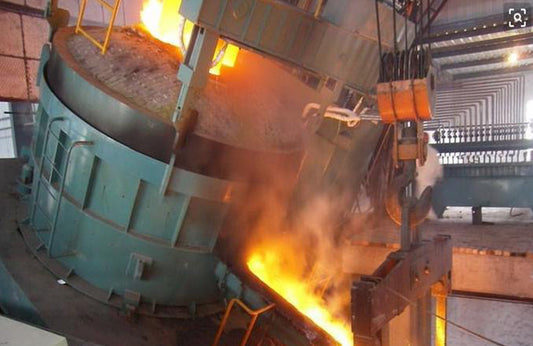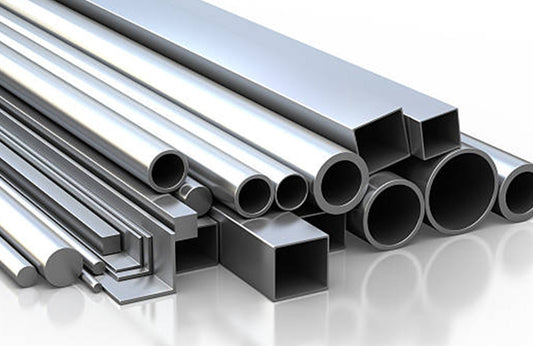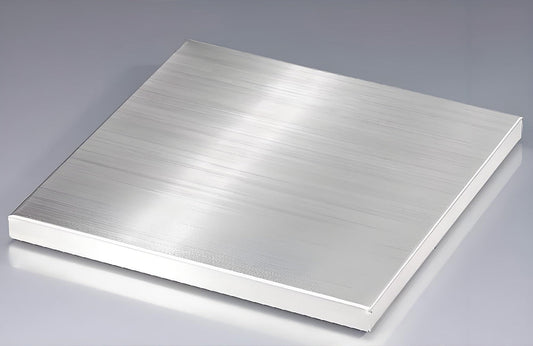
Top 5 Applications of Stainless Steel Sheets in Industry
Introduction – Why Stainless Steel Sheets Are Indispensable
Stainless steel sheets are one of the most widely used semi-finished products in modern industry. With their excellent corrosion resistance, durability, aesthetic surface finishes, and formability, stainless steel sheets can be adapted to a broad range of industrial applications.
From food processing and construction to chemical and automotive industries, stainless steel sheets provide both functional performance and long-term cost efficiency. In this article, we will outline the top 5 industrial applications of stainless steel sheets, explaining why they are used, how they are applied, and where they are most commonly seen.
Key Characteristics of Stainless Steel Sheets
Before diving into applications, let’s recap the major features that make stainless steel sheets so versatile:
-
Corrosion Resistance – Resists rusting and oxidation in humid, chemical, or marine environments.
-
Strength & Durability – Offers excellent tensile strength and wear resistance.
-
Formability & Weldability – Can be cut, bent, stamped, or welded into different shapes.
-
Aesthetic Appeal – Available in finishes such as mirror, brushed, or embossed for decorative use.
-
Hygienic & Easy to Clean – Meets strict sanitary standards, especially important for food and medical sectors.
Top 5 Applications of Stainless Steel Sheets in Industry
1. Food Processing & Catering Industry
-
Why: Stainless steel sheets, especially in grades like 304 and 316, are food-safe and resistant to acids, oils, and cleaning chemicals.
-
How: They are used to fabricate kitchen countertops, sinks, cooking equipment, storage tanks, and conveyor belts.
-
Where: Commercial kitchens, bakeries, breweries, dairy factories, and food packaging plants.
💡 Example: A dairy plant may use 316 stainless steel sheets to build milk storage tanks, ensuring hygiene and preventing contamination.
2. Construction & Architecture
-
Why: Stainless steel sheets combine strength, corrosion resistance, and modern aesthetics. They withstand outdoor conditions while maintaining a sleek appearance.
-
How: Used as wall cladding, roofing, elevator panels, handrails, facades, and decorative ceilings.
-
Where: Airports, office towers, train stations, shopping malls, and luxury residential projects.
💡 Example: Mirror-finished stainless steel sheets are frequently used for interior wall cladding in high-end commercial buildings to achieve a reflective, elegant look.
3. Chemical & Pharmaceutical Industry
-
Why: Chemical plants require materials resistant to strong acids, alkalis, and high temperatures. Stainless steel sheets, especially 316/316L, meet these demands.
-
How: Fabrication of storage vessels, chemical tanks, piping systems, cleanroom walls, and pharmaceutical-grade work surfaces.
-
Where: Chemical factories, laboratories, and pharmaceutical manufacturing facilities.
💡 Example: A pharmaceutical production line may use 304L stainless steel sheets for cleanroom paneling, ensuring both sterility and durability.
4. Automotive & Transportation Sector
-
Why: Lightweight yet strong stainless steel sheets improve vehicle safety and extend component lifespan due to corrosion resistance.
-
How: Applied in exhaust systems, truck trailers, railway coaches, fuel tanks, and decorative trim.
-
Where: Automotive factories, rail industry, aerospace, and shipping industry.
💡 Example: Ferritic grades like 409 and 439 stainless steel sheets are commonly used for automotive exhaust systems due to their heat resistance and cost-effectiveness.
5. Energy & Heavy Industry
-
Why: Stainless steel sheets can withstand high temperature, pressure, and aggressive environments, making them ideal for energy infrastructure.
-
How: Used in heat exchangers, boiler covers, solar panel frames, nuclear reactor cladding, and offshore oil platforms.
-
Where: Power plants, renewable energy facilities, oil & gas fields, and desalination plants.
💡 Example: Offshore oil rigs use 316 stainless steel sheets for cladding and structural components, ensuring resistance against seawater corrosion.
Conclusion – The Versatility of Stainless Steel Sheets
Stainless steel sheets are indispensable in modern industry due to their durability, resistance, and adaptability. From ensuring food safety to withstanding harsh chemical environments or supporting large-scale construction projects, their applications are both diverse and essential.
When selecting stainless steel sheets, always consider:
-
Grade selection (304, 316, 430, etc.)
-
Surface finish (mirror, brushed, embossed)
-
Thickness requirements (0.4mm for decoration, 2mm+ for structural use)



